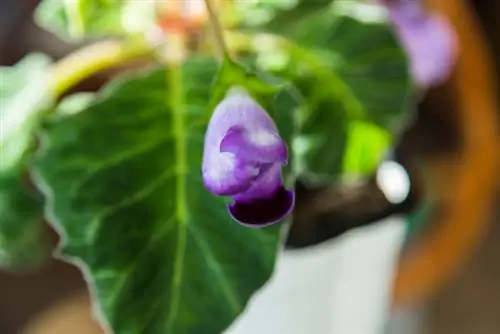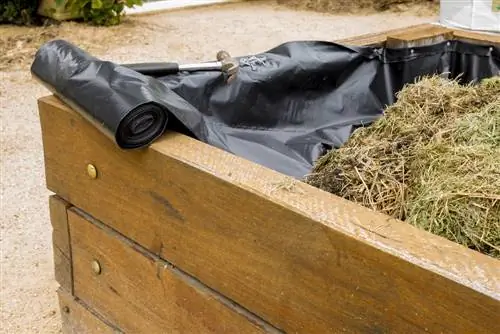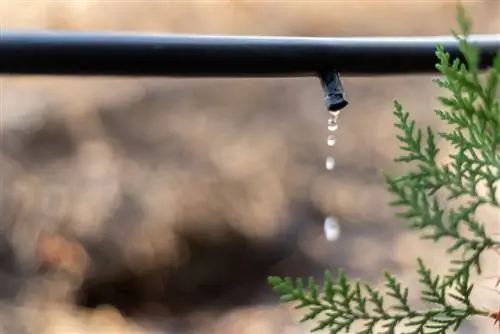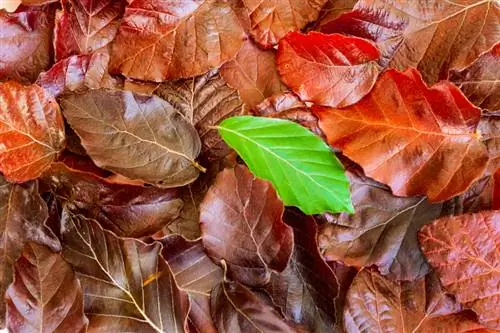- Author admin [email protected].
- Public 2023-12-16 16:46.
- Last modified 2025-01-23 11:21.
Gloxinias can be propagated in two ways: either you grow new plants from seeds or you take the tubers out of the ground in autumn and divide them in spring. Both methods have their advantages but also their disadvantages. This is how the non-poisonous gloxinia works.
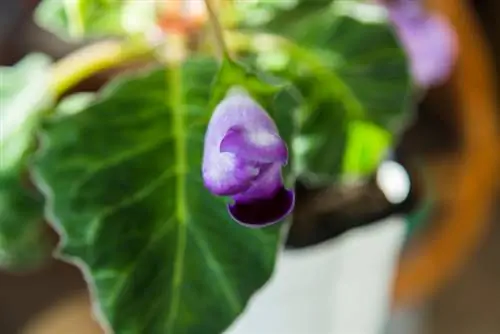
How to propagate a gloxinia?
Gloxinias can be propagated by seed propagation or tuber division. Sow seeds in spring, while tubers are dug up in fall and divided in spring. Young plants bloom after two to three years.
Where do you get seeds?
If you are already caring for gloxinias in the garden, you can harvest seeds from the faded flowers. You just need to leave the flowers until the seed is ripe. However, this comes at the expense of a long flowering period.
Getting gloxinia seeds commercially is not easy. But you can often find what you're looking for at garden swap meets or on the Internet.
Propagate gloxinias from seeds
- Sowing in spring
- Do not cover seeds (light germinators!)
- spray with flower sprayer
- Cover pots with foil
- keep it bright and warm
- Continue caring for young plants cooler
Prepare seed trays or pots for sowing in February or March. Scatter the seed thinly, but do not cover it with soil.
A transparent film protects the seeds from drying out. Ventilate the film regularly to prevent it from becoming moldy. Place the vessels at 22 to 25 degrees.
When the seeds have germinated and the young plants have developed two to three pairs of leaves, plant them in individual pots and continue to care for them at around 15 degrees. It takes three years for the gloxinias propagated in this way to bloom for the first time.
Propagation by dividing the tubers
Gloxinias can be propagated very well by division. Dig up the tubers in autumn and store them in a cool, dark and dry place over the winter.
Take the tubers out of the winter quarters from March and divide them into pieces. Prefer them in pots. It is then easy to find out whether the mother plant survived the division.
You can plant the tubers from May when it is no longer freezing outside.
Tip
In contrast to indoor gloxinias, garden gloxinias are hardy. They can tolerate temperatures down to minus 20 degrees. However, the wetness is very difficult for them, so it makes sense to dig up the tubers and overwinter them indoors.

